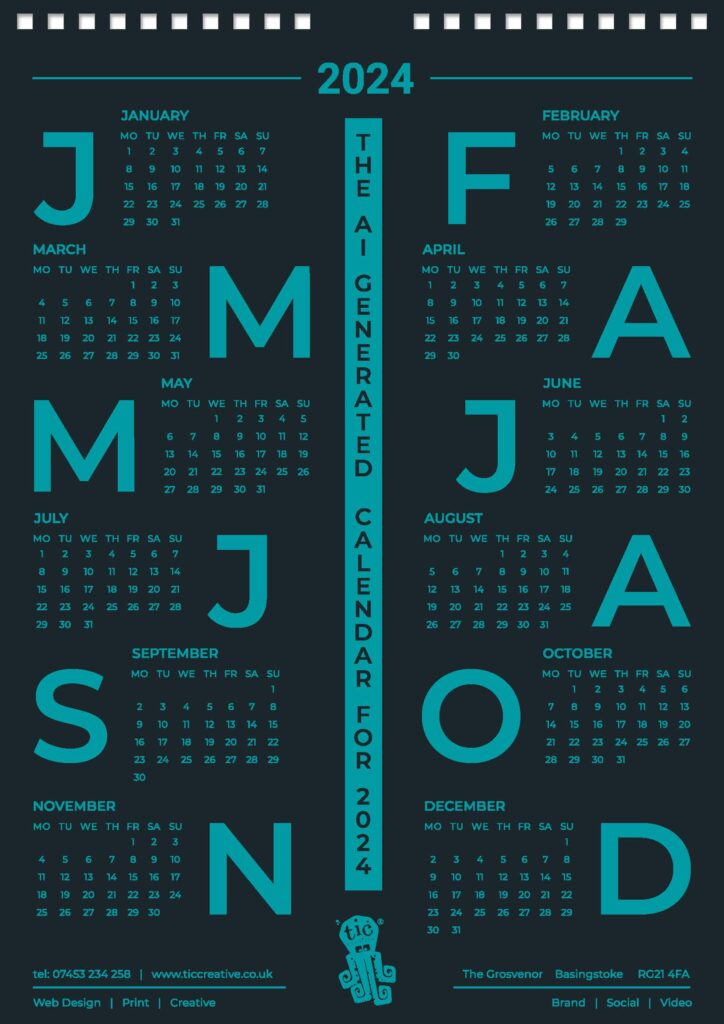
Embarking on a website redesign is a monumental task that requires not just a keen eye for design but a deep understanding of user needs and expectations. For marketers and designers, the ultimate goal is to create a website that is not only aesthetically pleasing but also functionally superior and strategically aligned with long-term business objectives.
Navigating the website Redesign with Six Essential User Testing Questions
To navigate this complex process, there are six critical questions that can guide your team through user testing, ensuring every aspect of the redesign meets the mark.
1. How Intuitive is Our Content Organization to Our Users?
Understanding how users categorize and interpret your content is fundamental. Card sorting exercises are invaluable here, providing insights into user logic and helping structure your website’s content hierarchy in a user-centric manner. Beyond just engaging external users, incorporating diverse internal perspectives can enrich this process, as seen in our digital agency’s navigation overhaul, which significantly improved our service taxonomy and market approach.
Still buying stock images? STOP IT!

2. Does Our Site Navigation Facilitate Seamless Discovery?
Effective navigation is key to a positive user experience. Testing your site’s navigation and taxonomy with real users before finalizing the structure can highlight areas for improvement, ensuring users can easily find what they’re looking for. This was exemplified in a university website redesign we undertook, where early feedback led to critical navigational adjustments, confirmed by subsequent tester approval.
3. What First Impression Does Our Site Leave on Users?
First impressions are critical. Moderated user testing, through interviews or task-based scripts, offers qualitative insights into users’ initial reactions to your site. It’s crucial for evaluating design and UX directions, ensuring you choose options that resonate most. For instance, this approach helped solidify the visual design and content strategy for an NFL.com club site, significantly influencing the project’s direction.
4. Can Users Efficiently Accomplish Their Goals on Our Site?
It’s vital to confirm that users can complete intended actions without frustration. Unmoderated task-based testing allows you to observe users completing specific tasks, identifying potential barriers to a successful interaction. This methodology, while requiring careful planning, yields both qualitative and quantitative insights that are instrumental in refining the user experience before launch.
5. Is Our Site Truly Ready for Launch?
Before going live, it’s imperative to conduct fit and finish testing to catch any lingering issues. This final step ensures that your site not only functions correctly but also meets all predefined objectives, as demonstrated by our work with Plante Moran’s website. Identifying both minor and major issues early allows for timely corrections and strategic planning for future enhancements.
6. How Can We Continuously Optimize the User Experience?
Post-launch, A/B testing becomes a critical tool for ongoing optimization. By comparing different design elements or content strategies in real-time, you can make data-driven decisions that enhance user interaction and site performance. Even seemingly minor changes, tested through this method, can lead to significant improvements in user engagement and conversion rates.
Integrating Comprehensive Strategies for Maximum Impact
Beyond these pivotal questions, integrating advanced tools and platforms, such as Mailchimp for email marketing, can further amplify your website’s effectiveness. Leveraging such tools in tandem with the insights gained from user testing can create a more engaging, personalised user experience, driving both retention and conversion.
In conclusion, user testing is not just a step in the redesign process but a continuous strategy that should be woven into the fabric of your digital presence. By systematically addressing these six questions and embracing a culture of ongoing optimization, marketers and designers can ensure their websites not only launch successfully but also continue to evolve and resonate with their audience over time.











